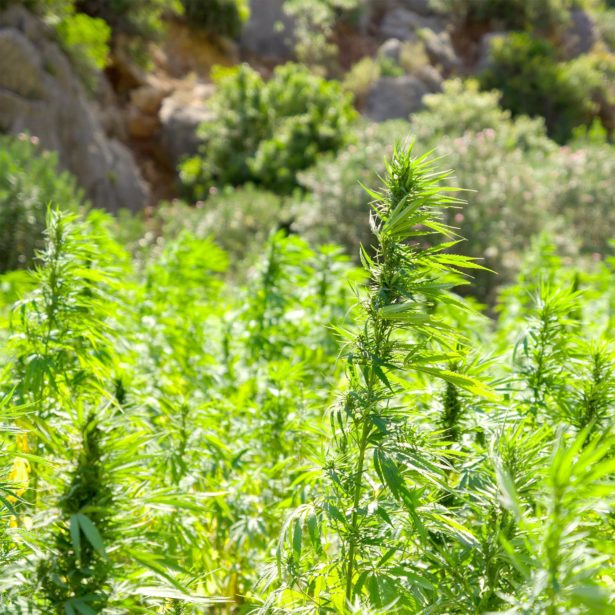
Posted on June 21st, 2019 by Carrier Vibrating
As a company whose history and current location are in Kentucky, we pay close attention to the economic changes happening in our state. One of the biggest changes to happen recently was the passage of the Hemp Farming Act of 2018, which legalized the growing and processing of hemp, and allows for the transportation of hemp biomass across state lines for commercial or industrial use. This has impacts for Kentucky farmers and the state economy as a whole because before the Marihuana Tax Act of 1937 Kentucky was the largest hemp producing state. When the Tax Act was lifted temporarily to promote an increase in hemp production during WWII Kentucky was the major producer of this invaluable crop, contributing significantly to the war effort.
Since it is still a new industry there are not accurate market growth statistics, but in 2017 there was over $820 million worth of retail hemp products sold in the United States. Industrially and commercially there were over $1 billion in total hemp product revenues in 2018, and that number is only going to grow as more farmers turn to hemp cultivation as their new cash crop.
What is Hemp?
Hemp is a strain of the cannabis plant that has been bred specifically for being fast growing, with long woody stalks which are dried and shredded for further processing into a variety of uses. Industrial hemp uses a strain of plant that is low in THC, which is the compound that causes a high, meaning hemp is not psychoactive. It can be high in concentrations of CBD oil, which is gaining use as a medical alternative for many ailments.
When the hemp plants are ready for harvesting they are cut and sometimes shredded in a combine. The industrial hemp must be dried before further processing since freshly harvested hemp can have a very high moisture content, causing issues with fungus and rot and low quality, especially if the hemp is being processed for CBD oil recovery.
Hemp plants have three main parts that are used in industrial hemp processing- the seeds, the fiber, and the hurd.
Hemp seeds can be eaten or ground into flour, and can be pressed to release hemp seed oil, which has a number of uses including ink and body care products.
Inside the hemp stalk are fiber strings running the length of the stalk, and this fiber is what is used in clothing, paper, and hundreds of other applications. These fibers can be stronger than steel if the hemp plant has been harvested and dried properly.
The core of the stalk contains the inner hurd, a soft cellulose vein running the length of the plant. The qualities of this material make it useful for insulation or paper, and is being experimented with as a new type of concrete known as hempcrete. It is also being researched as a way to make biodegradable plastics.







